Strolling through a field of purple flowing gently over an undulating hill is a feast for the senses for both adults and children.
An afternoon spent at Waihī Lavender Farm, meandering the garden and indulging in the blueberry lavender ice cream, is a welcome addition to the many summer activities on offer in the Bay of Plenty.
Tony Kang is the man behind this well-planned enterprise, using all of his property development and management skills to focus on turning 1.14 hectares of land leased from the Waihī Academy into a sustainable lavender farm.
The 63-year-old was looking for something that's more than a hobby, and admits he doesn't have much of a horticultural background.
'I've spent my entire life doing project management and contracting, and when I was almost 60 I started thinking I would change direction,” says Tony.
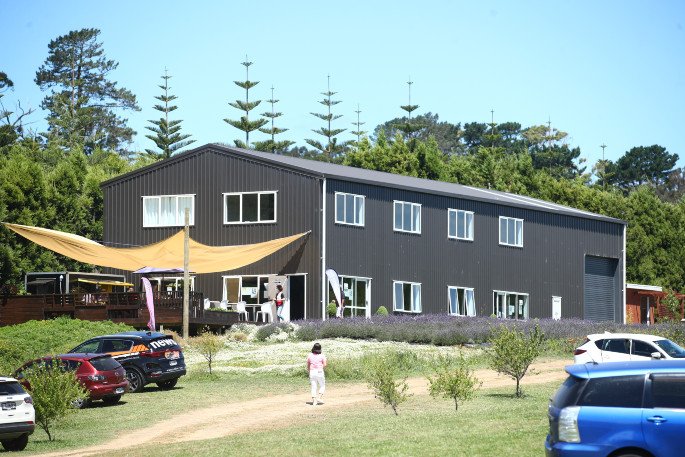
Waihī Lavender Farm. Photo: John Borren.
Arriving from Taiwan in 1991 at the age of 33 after 30 years in project management, Tony welcomed the change.
'This country has treated me very nice, and now I can do something good for the community.
'I quite like the programme called Country Calendar and I admire those farmers that have the opportunity to stay outside.”
He approached the Waihī Academy to discuss ideas, as he knew they wanted to find multiple purposes for their land.
'They have quite a lot of land which they wish to be better utilised. They are surrounded by agriculture with dairy and beef farming, and they wished their land could be used for other things.”
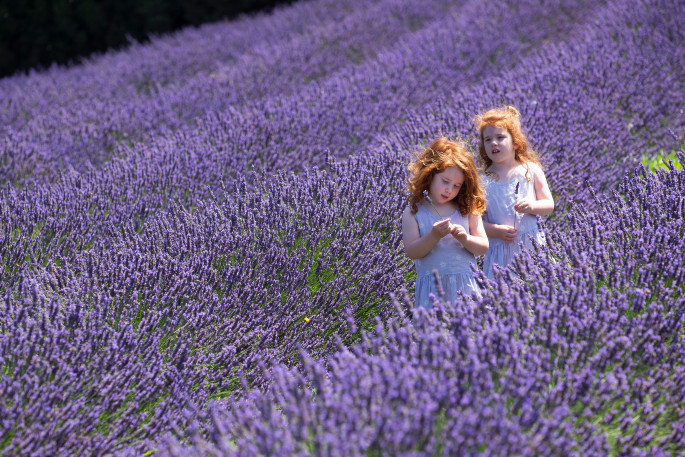
Rosie White and Georgia White both age three, visiting the Waihī Lavender Farm. Photo: John Borren.
After discussion, an agreement was reached for Tony to do some research and run a trial growing lavender on around 300 square meters.
Along with his wife Mei, he embarked on the trial in 2018 growing three different lavender.
'I chose lavender because you don't have to replant it every year. After doing the research, and also watching a lot of YouTube and searching Google, I decided to choose three different varieties of lavender that produce essential oils – Super, Grosso and Pacific Blue.”
Lavender is a herb native to northern Africa and the mountainous regions of the Mediterranean. It is also grown for the production of its essential oil, which comes from the distillation of the flower spikes of certain lavender species.
The oil has cosmetic uses, and is also believed to have some medicinal uses.

Tony Kang at the Waihī Lavender Farm. Photo: John Borren.
The Waihī climate was one of the factors Tony considered during his initial research years.
'Waihī has a slightly higher rainfall than what lavender needs. Also, we are close to the coastline so sometimes the wind is strong, but the good thing here is the temperature.”
Tony says lavender doesn't need much water, and by raising the flower bed and providing a weed mat, he was able to create a suitable environment for the plant.
In 2019, after discussing the results of the trail, the decision was made for Tony to continue, resulting in close to 9000 lavender being planted. The large area comprises nearly 5000 Super, 3000 Grosso and 1000 of the Pacific Blue. Grosso produces the most oil, Super slightly less, and the Pacific Blue produces a soft sweet fragrance and a bright purple flower.
In 2020 a building went up on site, and in 2021, after more research and competitive analysis of the global market for lavender, the focus shifted into product development. Another episode of Country Calendar led Tony to the right people to talk to about distillation, with Paul Greaves from Dunedin spending time at the Waihī Lavender Farm training him on how to use the equipment.
Essential oils, soaps, skincare and candles are now produced onsite and are only made from natural ingredients.
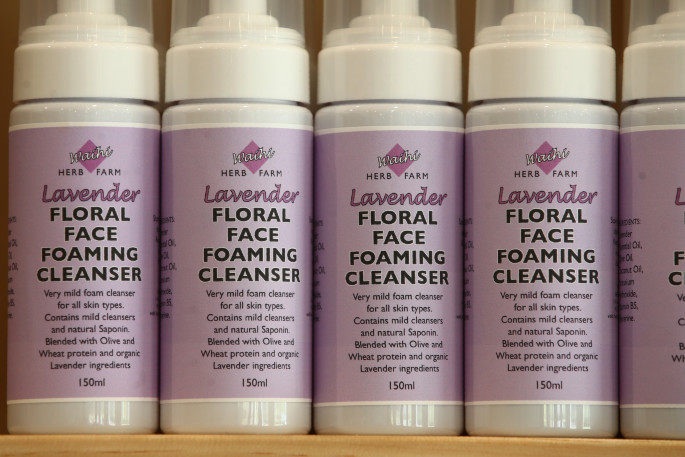
Products made at the Waihī Lavender Farm. Photo: John Borren.
Over the summer, thousands of people flocked to the farm to experience the fields of colour while the lavender was in bloom.
'From December 1 to January 15, we had more than 10,000 people visit the farm,” says Tony. 'That number is based on the transactions, and is not counting the people that just come to see the flowers. We don't count them as we didn't charge an entrance fee.”
The farm was closed to the public during harvest in late January, but Tony says they may open once a week over the non-flowering period for community groups to utilise their facility for holding meetings.
This year Tony will experiment with other plants such as chamomile, geranium, calendula and lemon balm, to enrich their product range. Even the shelter belt of Japanese cedar will be utilised, as the leaves can be collected and put into the still to create essential oil and floral water.
With a 12-year lease, careful market research and a clear business plan, the Waihī Lavender Farm looks set to be a summer favourite for those looking to capture photos of themselves amongst the sea of purple and indulge in lavender blueberry ice cream on a hot summer day.
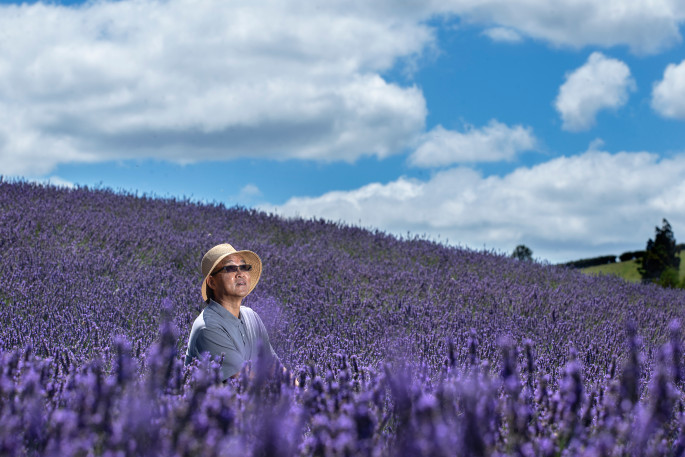
Tong Kang at the Waihī Lavender Farm. Photo: John Borren.

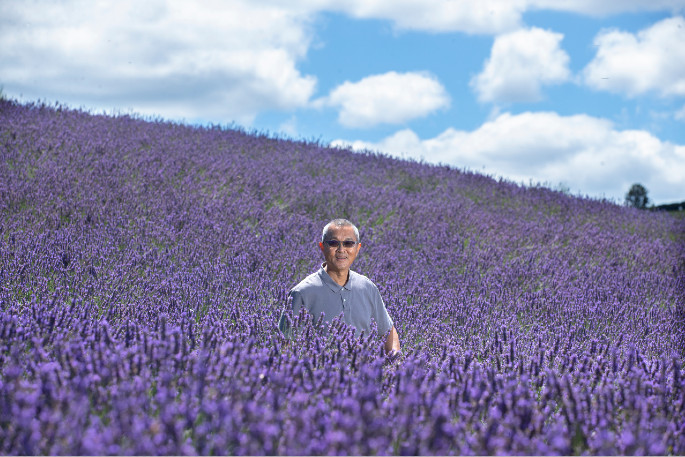

0 comments
Leave a Comment
You must be logged in to make a comment.